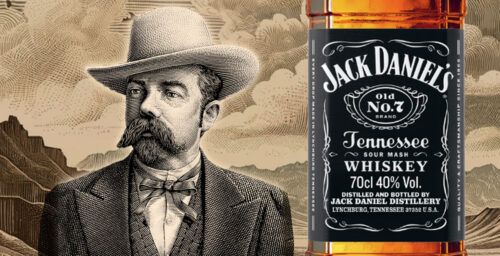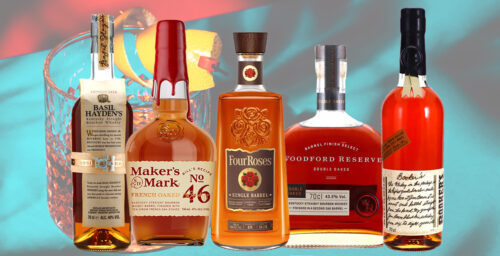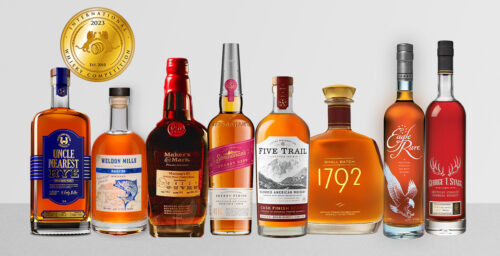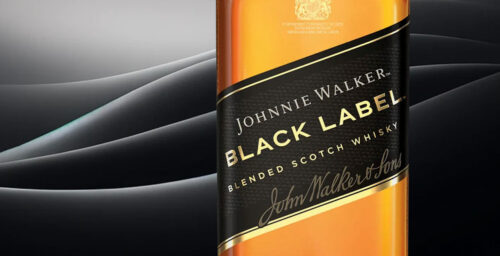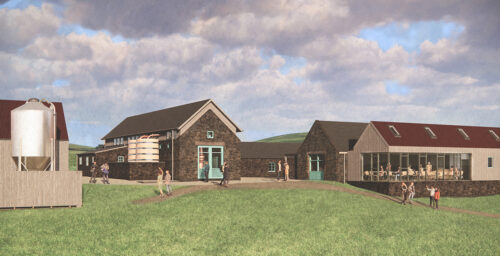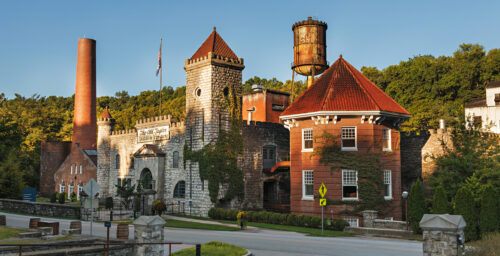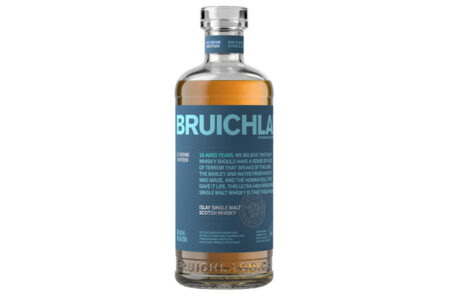Editor’s Note: This is Part 4 of a 9-part series about Baudoinia compniacensis, the whiskey fungus. Part 1 is here, Part 2 is here, Part 3 is here. It comes to us via a reprint from the original article at Chuck’s site.
The new fear of toxic molds that arose in the late 1990s happened to coincide with the first uptick in whiskey sales in decades, which led to more production and fuller warehouses in the U.S., Canada, and overseas. Inevitably, people noticed the soot-like fungal growth long associated with whiskey and brandy distilleries, Baudoinia compniacensis.
One such person was James Scott, PhD, founder, owner, and Chief Scientific Officer of Sporometrics, a privately-owned Canadian company that provides microbiological testing services.
Scott founded Sporometrics in his apartment shortly after receiving his PhD in Mycology from the University of Toronto in 2001. The first call his new company received was from David Doyle, Director of Research at the Hiram Walker Distillery in Windsor, Ontario, just across the river from Detroit, Michigan.
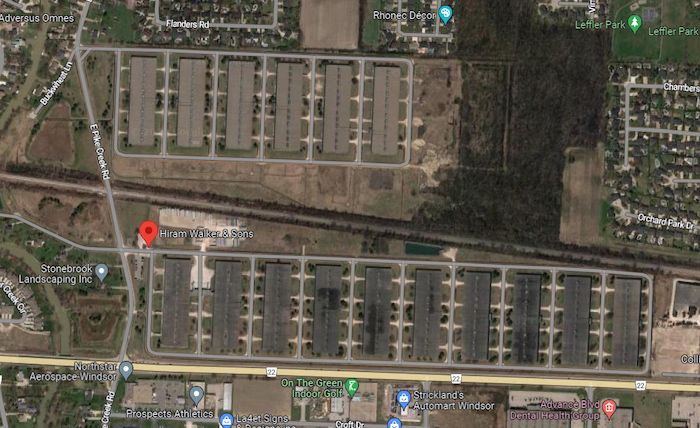
In addition to the distillery in Windsor, Hiram Walker has a large maturation complex in the nearby town of Lakeshore, on Lake St. Clair. The Lakeshore complex is surrounded by homes. Doyle said the neighbors were complaining about a mysterious black growth on their houses and other property. Because they could smell ethanol coming from the warehouses, they assumed that was the cause.
Doyle wanted to know what the growth was and if the ethanol vapors were causing it. Scott was sure he could figure it out. Doyle hired him, and Scott went to work.
Bringing scientific understanding of the whiskey fungus into the 21st century was challenging. Quoting from “The Distilleries’ Shadow: A summary of knowledge about Baudoinia, the warehouse staining fungus,” published by Scott in 2009: “The nature of the fungus, however, baffled modern experts: ordinary culturing techniques as well as the most modern genetic sampling techniques were confounded by a dusting of ubiquitous, contaminating ‘weed’ fungi that accumulated on top of the primary black growth.
“Eventually, the problem was solved by using very patient culturing with an unusual twist: since the fungus seemed to grow only where ethanol vapors were present in the air, ethanol was also added to the growth medium at low concentration. Even though the fungus was extremely slow growing, it then grew well enough to be sorted out from the overlying ‘weeds’ and brought into pure culture.”
Scott described his methodology more succinctly to Wired Magazine in 2011. “I put maybe a shot of whiskey in a liter of agar and filled the petri plates with it. That made it grow a hell of a lot faster,” Scott said.
Scott got other researchers interested in the unusual fungus. They determined that the Lakeshore specimen most resembled the fungal family friedmanniomycetaceae, best known for growing inside porous rocks in Antarctica, and they were able to match it to specimens collected in Cognac. In 2007, it was given a new genus name, Baudoinia, for its discoverer, Antonin Baudoin.
In addition to running Sporometrics, James Scott is a tenured professor at the University of Toronto’s Dalla Lana School of Public Health. He is still chasing the mysteries of Baudoinia. The recent New York Times article quotes him, as do most writers of most articles on the subject.
As so often happens, greater knowledge uncovered more mysteries. Although Baudoinia feeds on ethanol vapors, it prefers other food sources. It can be found in places near warehouses where the concentration of ethanol vapors seems too low to sustain it.
Hiram Walker became part of Pernod-Ricard in 2005. Mycologist Scott’s contract ended in 2009. Since then, Pernod has contributed to a fund that helps pay for power-washing affected property.
Like the whiskey business, the fungal world is very competitive. There are millions of species. Because it grows so slowly, Baudoinia is usually overcome by other molds seeking to occupy the same environmental niche. That is where alcohol comes in.
NEXT TIME: Alcohol is to Baudoinia as spinach is to Popeye.

